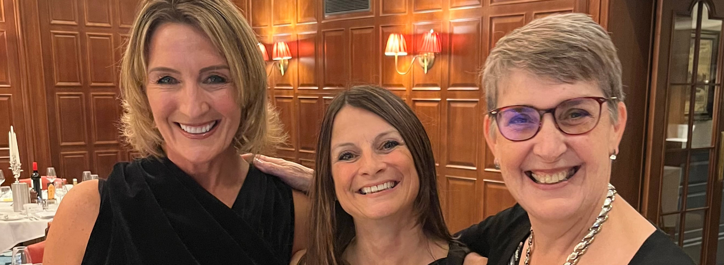Integrating new recruits into a multigenerational workforce
As we move into an era where it will be increasingly common to find up to five different generations of people working alongside each other, we’ve compiled some tips to help employers successfully integrate new recruits into a multigenerational workforce.
The latest people to be entering the workforce, known as ‘Generation Z’, are the most tech-savvy of generations. Born after 1995, this generation will add another element to an already varied workforce made up of Millennials (born 1977-1994), Generation X (born 1965-1976), the Baby Boomers (born 1946-1964) and the Traditionalists (born 1925-1945), many of whom are choosing to stay on beyond retirement age.
Each generation brings a different set of values, attitudes and behaviours. They also have their own expectations, priorities, approaches and communication styles. Most importantly they all have extremely valuable skills which, if successfully combined, will provide businesses with a very powerful workforce to really boost business performance.
One of the most challenging aspects of managing multiple generations in the workplace is getting each group to respect the unique talents of the other. So how can employers help encourage a sense of teamwork which spans the generations?
Build collaborative relationships, starting with the induction
Adapting the induction process to immediately create a more inclusive approach could be one way to help manage generational differences from the outset. Try to get different generations working together from the start. Is it possible to pair the new recruit up with a highly experienced colleague who can act as an induction mentor? This will immediately help to inspire a knowledge transfer between those who know the industry, inside and out, with those entering their chosen career with fresh enthusiasm and a potentially new perspective.
Create opportunities for cross-generational mentoring
Managers should actively try to get mixed generation teams working together on projects, making the most of the varying skills each generation can bring. Studies show that people learn more from working with each other than from external training. To do this a culture needs to be created where new ideas can be expressed and a collaborative approach is adopted to fuel discussion and engagement. Without compromising on what has made the business special and successful to date, embrace the creativity and different perspectives a new generation can bring.
Invite new ideas
We are also hearing from senior directors who are actively seeking younger mentors to gain a different perspective. By inviting new ideas, even if a suggestion put forward is something which has previously been explored, or already tried, don’t immediately dismiss it. A new generation could be looking at it from a completely new angle and their enthusiasm should be encouraged, but also channelled. Older generations within the team are likely to have the experience and perspective to understand all the costs and risks associated with the opportunities they want to pursue.
Don’t assume you know what motivates employees from different generations.
While there have been many studies into the different working styles and preferences of different generations, sometimes generational stereotypes can be just that, a stereotype. Don’t assume that people from certain generations will all want the same thing. Ask them what they want from their professional lives. What motivates them? How do they like to communicate? Remember it’s almost impossible to create a one size fits all recognition and reward programme. You need to understand what motivates people as individuals. Including some considered questions within an employee survey can be a good way to track and manage the varying needs within the organisation.
Promote open communication
The aim is to create a company where everyone’s contribution is recognised and celebrated, irrespective of age. To do this you will need to be clear with everyone in the organisation about what you are trying to achieve so that all the generations remain open minded enough to make this work. If you are clear on the intention, and the potential benefits, then more people are likely to get behind you.



